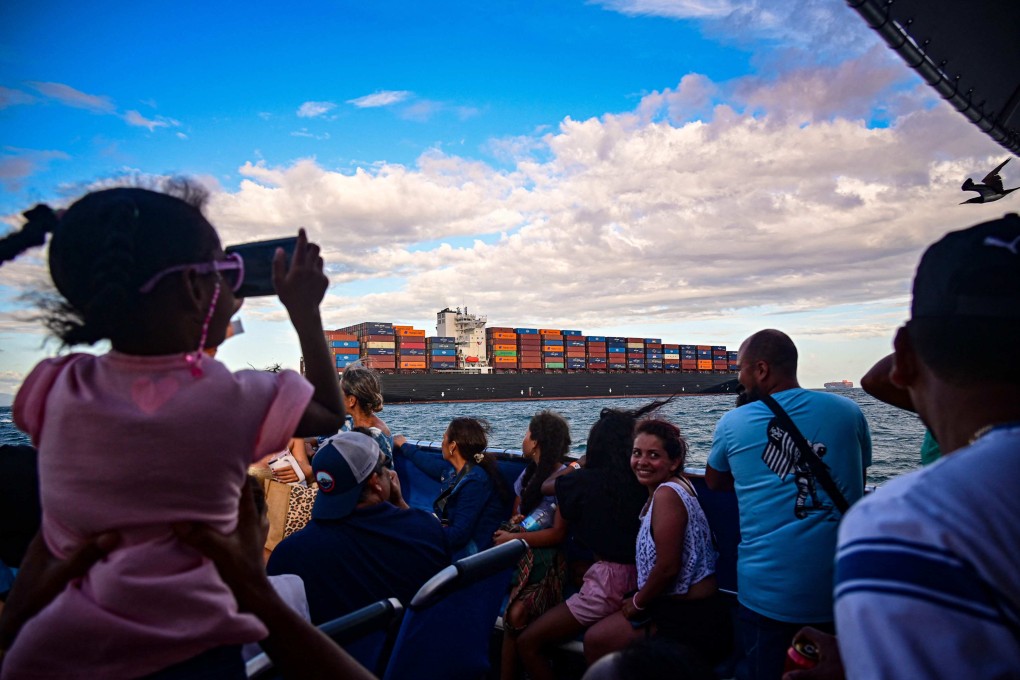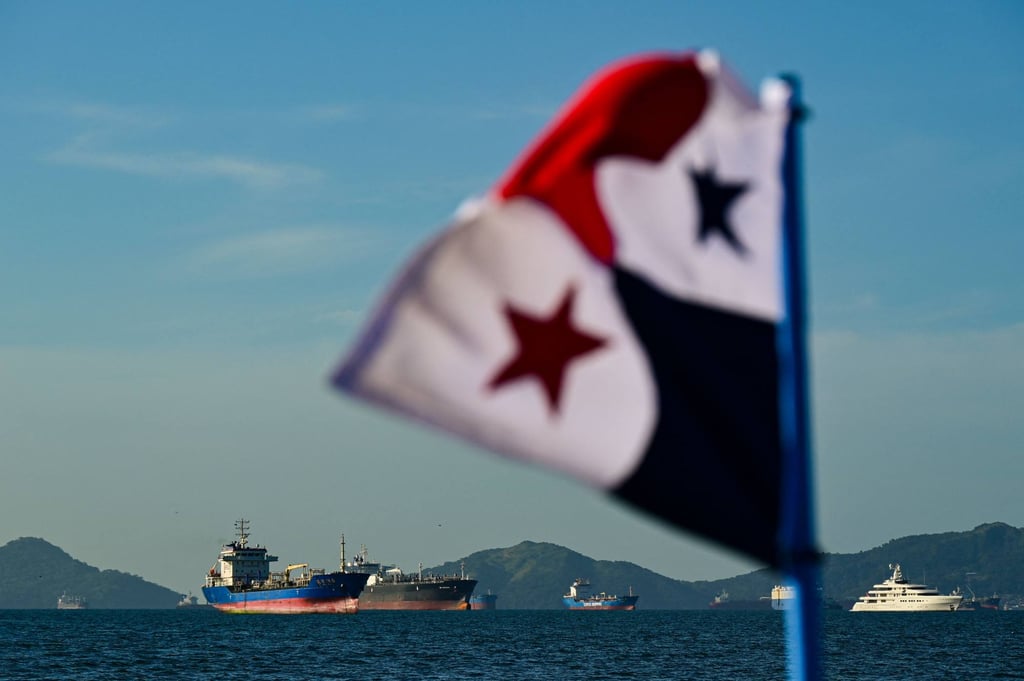Explainer | Why does Trump want the Panama Canal?
Most cargo passing through the canal originates from or is destined for the US, which completed construction of it in the early 20th century

The canal is operated by the Panama Canal Authority, an autonomous agency overseen by the Panamanian government.

What is the Panama Canal?
The Panama Canal is an 82-km (51-mile) artificial waterway that connects the Pacific and Atlantic Oceans, and key to global trade flows. It saves ships thousands of miles and weeks of travel. Before it was built, ships had to make the long journey around the stormy tip of South America in order to travel by sea between the two oceans.
Over two-thirds of all cargo passing through the canal today originates from or is destined for the US.
Following pressure from anti-colonial movements, the US signed treaties in 1977 granting Panama control and sovereignty over the canal zone and guaranteeing its permanent neutrality. These took effect in 1999.
